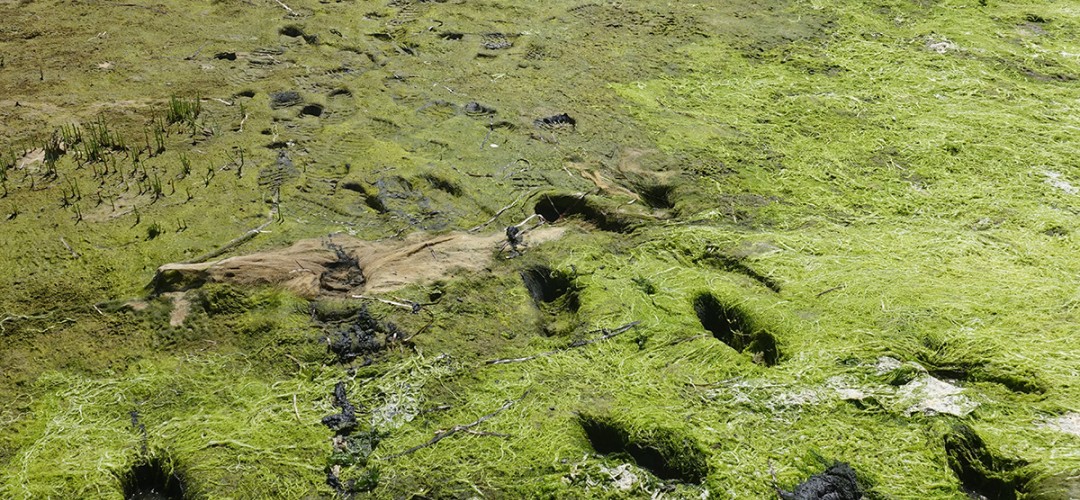The importance of sediment compaction on the salt marshes evolution, a new 3D model developed by UNIPD
The importance of sediment compaction

Natural coastal salt marshes, such as those of the Venice lagoon, are formed by sediment that has been transported by watercourses and the sea, and deposited over centuries and millennia. These characteristically dynamic environments host vulnerable ecosystems with an essential role in terms of nature conservation, coastal protection, as well as supporting productive activities. Our work focuses on building the case for improving the resilience of these areas.
The unconsolidated deposits of these marshes are highly porous and compressible. Consequently, when buried by new sediments, there can be significant compaction due to the added weight.
This is a critical issue since the long-term resilience of such ecosystems depends on whether their height relative to water levels keeps pace with the rising sea through the net sedimentation of inorganic and organic soils on the surface. Yet most publications that use modelling to investigate trends in low lying environments only consider accretion but not compaction.
A novel 3D model called NATSUB3D accounts for sediment compaction, including the vertical elevation growth

Now a novel 3D model called NATSUB3D has been developed at the University of Padova by the ICEA Departiment that properly accounts for sediment compaction during the 3D evolution of depositional landforms, including the vertical elevation growth of a tidal marsh in conditions of sea level rise.
This work is of vital importance for planning with greater precision (a) the sediment mass required to build-up the lagoon landforms, and (b) the actual sedimentation rate needed in the landform for an elevation gain sufficient to keep pace with rising sea level.
This is all part of an approach to safeguarding the lagoon known as “adaptive management”.
So far, the model has only been applied to the evolution of natural landforms and gradual sedimentation events, however the simulator can also be used for lagoon restoration projects where large amounts of sediment are deposited in a short time on very eroded salt marshes, adding significant pressure.
The monitoring activities coordinated by the Environmental Geomechanics group of Dept. ICEA, University of Padova at the artificial salt marsh pilot project of Vital in the central Lagoon, where sediment infilling is currently being carried out, under the supervision of the Provveditorato and Venice Port Authority, will provide extremely useful data for future adaptive management to optimise salt marsh resilience and ecological functionality.
◾